One of Jason Colavito's readers made this comment on his blog post yesterday about L. A. Marzulli:
I've watched several Nephilim-centric videos during the last week that I've never seen before, including this 2015 presentation by Joe Taylor, a portion of the round table discussion from that same conference (I'm still working my way through that one), and this 2013 video by Discover Ministries titled "Nephilim Among Us: Human-Animal Hybrids, Eugenics, GMOs & Transhumanism."
I think the content of these videos provides an answer to Ken's question: for Nephilim enthusiasts, it's all about what constitutes a "normal" mating and what constitutes a "wicked" mating. Human males and human females? That's normal. Angels and human females? Wicked. Angels and animals? Wicked. Males and other males? Wicked. The Nephilim are constantly doing things that go against nature and, therefore, against God. I'm guessing that homosexuality is thrown into that "wicked" basket as part of the generalized bundle of "unnatural" matings from which the Nephilim arose and subsequently partake in. That's my theory right now.
Without going through these videos again to carefully build and support an argument about what they mean, I'll make the following broad observations:
- The Nephilim-centric view of the world now accepts as literal all ancient mythology. No longer are non-biblical traditions unreliable (because they are not biblical). Greek mythology, Norse mythology, Native American legends, Sumerian myths . . . they can and must all be taken literally. Bigfoot probably fits in there somewhere, as well.
- Nephilim enthusiasts like these extra-biblical traditions because they are replete with tales of hybrid human-animal creatures, all of which are associated with the Nephilim. Mermaids? Cyclops? Skinwalkers? Medusa? Those are all Nephilim, the result of unnatural matings between Nephilim and animals. In one of the videos, one of the guys simply says "they mated with everything."
- The wicked behaviors of the Nephilim, resulting in all those unnatural hybrids running (or swimming, or flying, as the case may be) around in the ancient world, is mirrored today by our own wicked tinkering with the genetics of plants, animals, and humans. The government knows it, big business knows it, the global elites know it, and they're all hiding the wicked realities from the rest of us. The logo on your Starbucks cup? Nephilim.
- Nephilim enthusiasts know that physical evidence of their claims ranges from nonexistent to incredibly weak. Since they still can't provide an example of the physical remains of a single giant human, humanoid, or animal-humanoid hybrid, suppression of that evidence must also be part of a global conspiracy. The absence of physical evidence is actually presented as evidence of a conspiracy to hide evidence.
- But pay no attention to the lack of giant bones. Let's broaden the dragnet and cull ancient and modern mythologies to gather up context-free examples that fit a general "hybrid theory" of the Nephilim. Let's take literally the parts of those mythologies that fit the Nephilim worldview, but leave on the cutting floor those that do not. Sure, let's play tennis, but let's take down the net first!



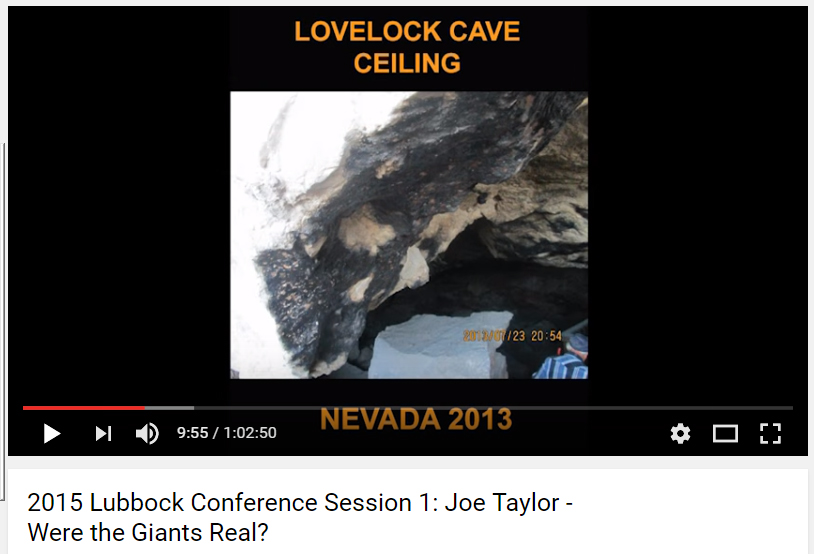
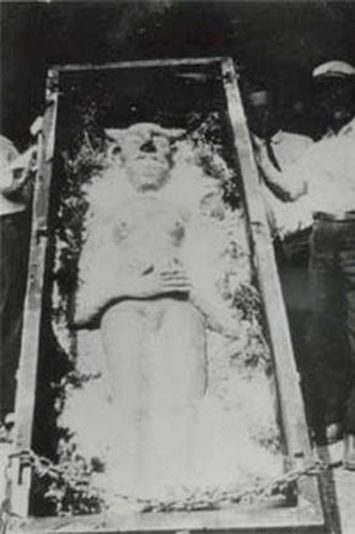
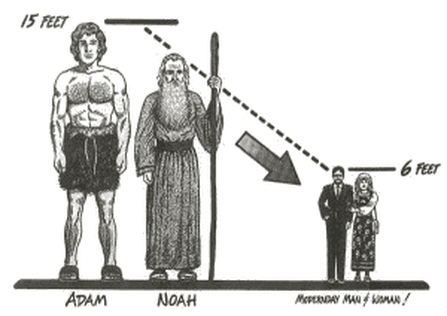
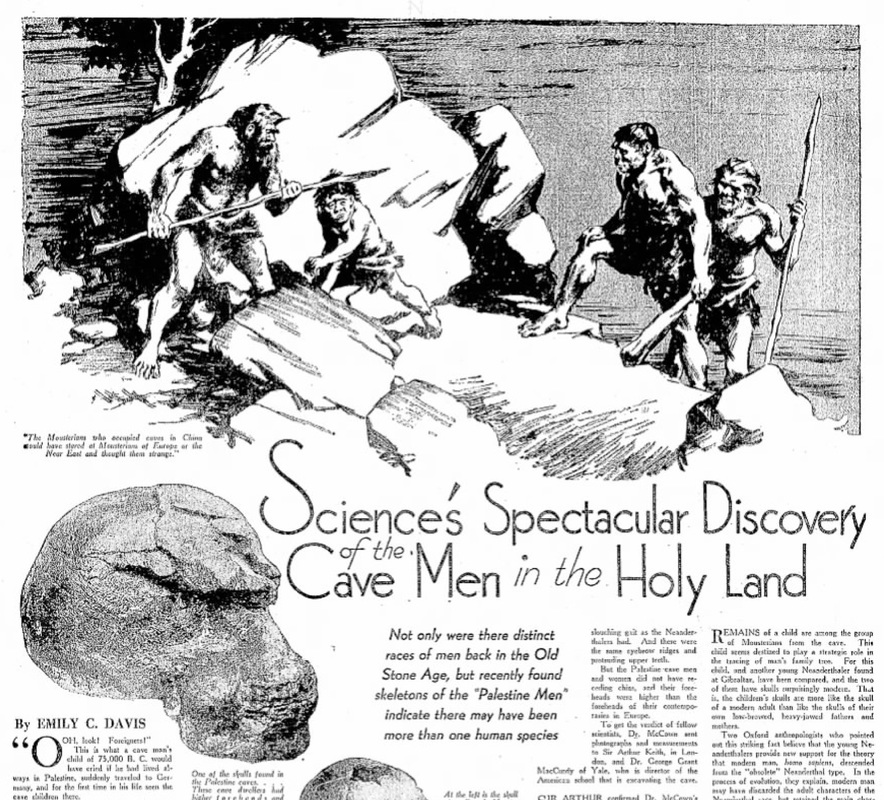
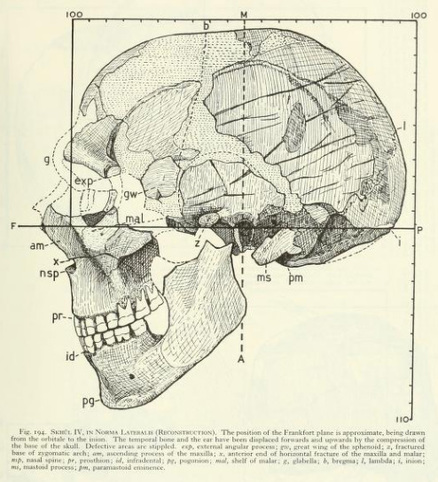
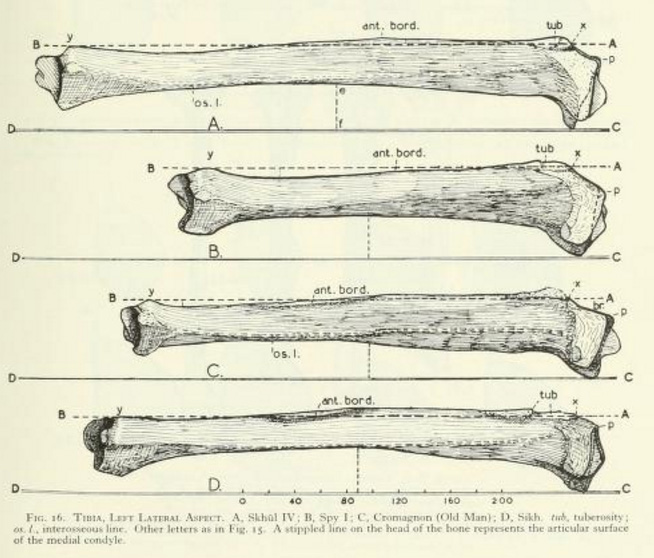
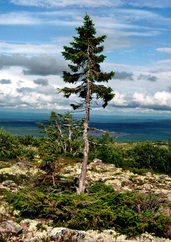
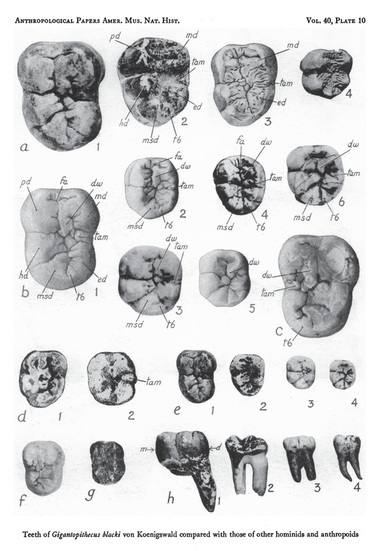
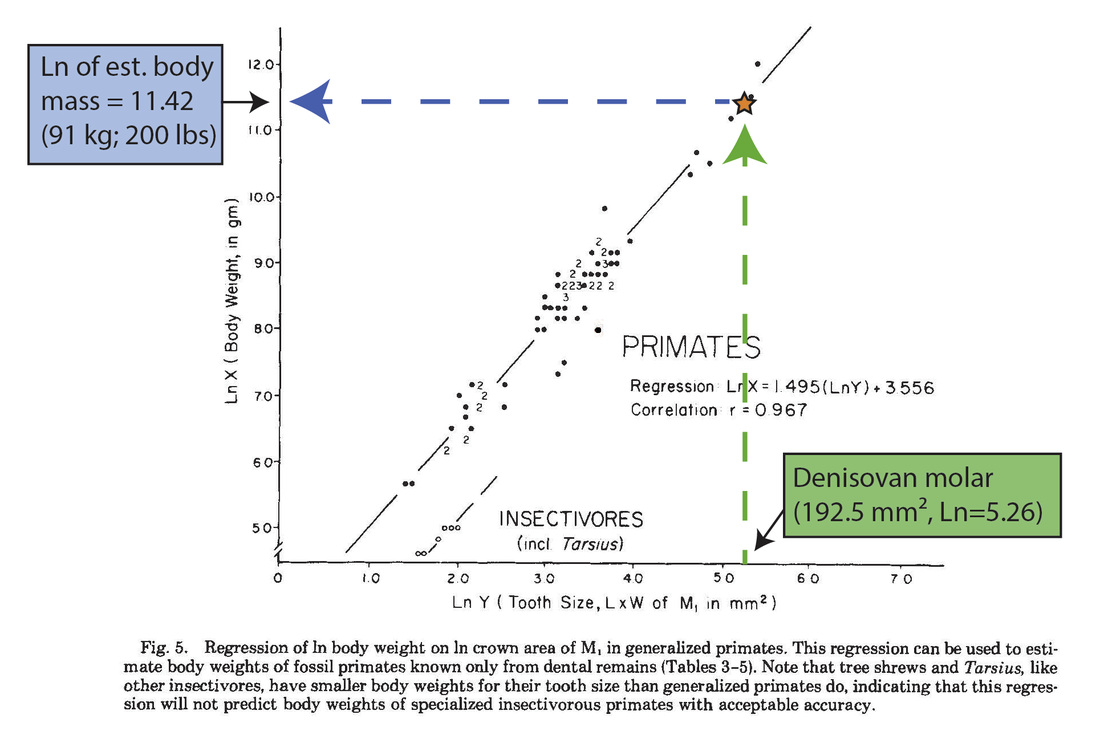



 RSS Feed
RSS Feed
